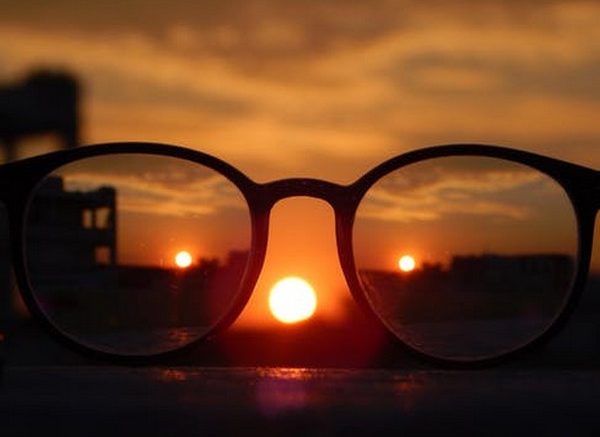In a new experiment, a team of scientists has shown that seeing a short burst of red light in the morning first might improve reducing eyesight in people. Health experts who have been a part of the study have said that it might be a simple, easy-to-use, and safe therapy for maintaining sharper eyesight as people grow old. The new study has enrolled nearly 20 participants. All of them have been exposed to 670 nanometers of deep red light for approximately three minutes in the morning from 8 AM to 9 AM. The findings of the study have revealed that the eyesight of participants who have been exposed to the beam of the deep red light in the morning has improved by 17 percent and it has continued for a week on average.
Experts have said that the improved eyesight has lasted at a lower level. However, some of the participants of the study have shown around 20 percent improvement in their eyesight after being exposed to the red light in the morning. The authors of the study have said that in the past, other scientists as well have shown a link between long-wavelength red light and enhanced eyesight in their studies that have been done on animals. The new study follows research that has been done last year. However, in the new study, the use of red light has been limited to a single daily exposure that needs less red light energy as compared to the study that has been released last year.
The new study has been done by a team of scientists from the University College of London (UCL) in the UK. One of the senior scientists who have been involved in the new study, Dr. Glen Jeffery has said that rather than recharging a battery, utilizing a simple LED device once a week recharges the energy system that has been turned down in the retina cells. Dr. Glen Jeffery is a neuroscientist at the University College of London. He has said that exposing people to the deep red beam of light in the morning might be a key to achieving major improvements in reducing eye vision.
Experts have said that they have seen this in flies in the past, mitochondria show shifting work patterns and they do not react in the same way to red light in the afternoon, and the findings of this study support this concept. The authors of the study have said that mitochondria in the eye are known as the powerhouses of the cells. The team of experts has understood that mitochondria are key to improving declining eyesight and they are more active in the morning. Scientists have said that the beam of deep red light recharges these organelles to enable them to generate more energy.
As per the experts, photoreceptors found in the retina where mitochondria are most densely amassed are made up of cones that are responsible for color vision and rods that are essential for adjusting to low light. The authors of the study have mainly focused on cones and examined color contrast sensitivity after exposing people to deep red light.
The team of scientists has conducted follow-up tests on six participants and used red light therapy daily from 12 PM to 1 PM. However, these tests have led to no improvement or change in the eyesight of the participants. It shows that mitochondria are not as receptive to deep red light later in the day as they are in the morning. Dr. Glen Jeffery has claimed that mitochondria carry particular sensitivities to the long-wavelength light that affects their functioning. He has said that longer wavelengths of light across 650 to 900 nanometers can enhance the performance of mitochondria to elevate the production of energy.
The authors of the new study have claimed that cells found in the human retina start aging once people reach the age of 40 years or above. This aging takes place in part by slowing down the power supplies of the mitochondria. They have said that photoreceptors of the retina need more energy; therefore, as a result, they as well start to grow old faster. Scientists who have contributed to the study have said that a simple low-energy LED device that has been used in the new study might be a reasonable eyesight therapy for people who are dealing with declining vision. Experts have said that the therapy will be safe for people to use as 670 nanometers of infrared light is not much dissimilar to the light present in the natural atmosphere. Scientists have said that coming up with a ready-to-use device might take some time.
They have warned that some of their findings are quite strident, as the level of improvement in eyesight has been varying among participants even in those volunteers who have been of similar age. Health experts have said that there is a need for further studies that can observe other variables more closely that might affect the findings of the study. Dr. Glen Jeffery has said that the simple intervention shown in the study has a significant effect on the quality of life of people who are aging if it is applied at the population level. He has said that the simple treatment method might lead to reduced social costs that crop up issues that are linked to declining vision. The outcomes of the research have been presented in the journal known as Scientific Reports.
